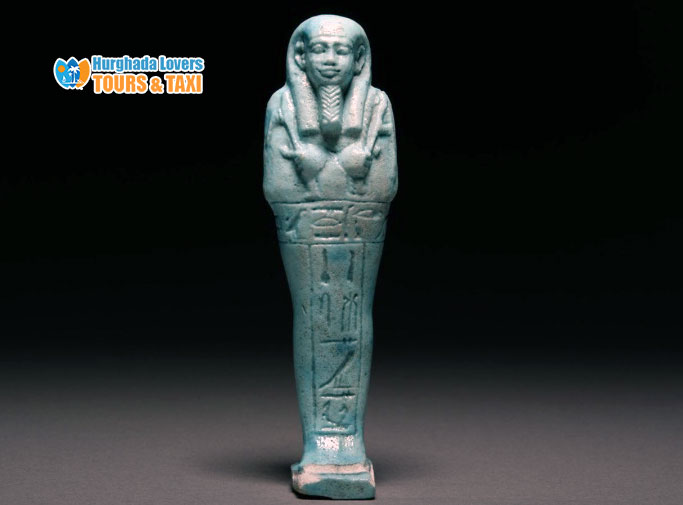Ushabti Statue in ancient Egypt | Facts Ancient Egyptian Statuette “shabti, shawabti” and more about Ancient Egypt History.
History of the Pharaonic civilization and the secrets of the ancient Egyptian civilization of the statue of shawabti, the most important artifact that is placed with the Mummy of the Pharaohs in the cemetery to serve the deceased in the other world “according to Ancient Egyptian religion.
Ushabti Statue in ancient Egypt
What was a ushabti in ancient Egypt?
Ushabti Statue are statues similar to mummies. These statues were placed in Egyptian Tombs, and these statues were made to resemble the owner of the tomb. Find out information about these statues and the material used in making these statues below.
Ushabti Statues were made of stone or wood. Some also used faience and bronze “Ancient Egyptian Metallurgy” as well as baked clay.
Why do cemeteries have statues?
These statues are used to write some religious writings in the Ancient Egyptian Language on them as a form of approach to The Egyptian Gods.
The manufacture of these statues began at the beginning of the Old Kingdom in Pharaonic Egypt, during the rule of the Pharaohs, the Third Dynasty of Egypt, and the beginning of the rule of King Djoser within the Industry in ancient Egypt, and these statues played the role of farms in the fields in the other world.
Where the statues in the other world harvest and plow as in Agriculture in Ancient Egypt.
The Ushabti Statue were still placed in the graves of the dead, but they were human-sized, but they were later developed to smaller sizes.
The ancient Egyptians were satisfied with just placing one statue, until the number began to increase until it reached large numbers that may reach 400 pieces.
In the Late Period, the beginning of the reign of King Psamtik I of the Twenty-Sixth Dynasty of Egypt, known as the period of the Black Pharaohs, the number of these statues reached approximately 700 statues per Egyptian.
Placing such statues is part of the religious traditions of ancient Egypt.
What is the meaning of ushabti dolls?
The word Oshtabti is derived from the verb “washab,” which means to answer, and hence the name of these statues, which means “the responders.”
The shape of the Ushabti Statue came in the form of medium-sized heads and was made of limestone of different colors.
What small figurines buried with Egyptian pharaohs?
Tomb of Tutankhamun | KV62 is one of the tombs of the Valley of the Kings in Luxor, especially for the burial of a mummy and the coffin of the Pharaonic King Tutankhamun from the Eighteenth Dynasty of Egypt and The New Kingdom period in ancient Egypt, in which such Ushabti Statue were found.
What were Ushabti Statue associated with?
Ushabti Statues were placed in carved boxes to express the development of Sculpture in Ancient Egypt in order to protect the statues from any breakage or theft.
The boxes are placed in the cemetery, and these boxes were placed in the graves beginning in the Eighteenth Dynasty and the Nineteenth Dynasty of Egypt, the beginning of the reign of King Ramesses I.
Previously, approximately 3 statues were placed in the boxes, but this increased over time and reached 150 and 250 pieces.
Chests were found in Tombs of The Nobles in Luxor “Thebes” | The Pharaonic Tombs from Thebes.
Among the boxes that were also placed were bottles to preserve them. These bottles came in different colors and came with the bottles. Religious spells and Magic in ancient Egypt came from The Book of the Dead.
Of the statues that were found, approximately 100 pieces date back to 500 BC and were found in the Neferebraheb tomb. The pieces are currently displayed in the Louvre Museum in Paris.
Hurghada Lovers best Tour Operator to provide daily tours to visit the Tourist attractions of Luxor by Hurghada to Luxor Day Trips and Cairo by Hurghada to Pyramids Day Trips to discover the secrets Ushabti Statue. Book online when you come to Hurghada, El Gouna, Sahl Hashish, Makadi Bay, Soma Bay.
